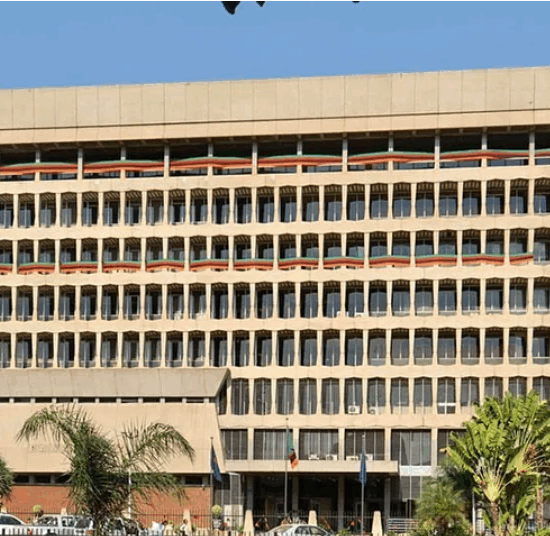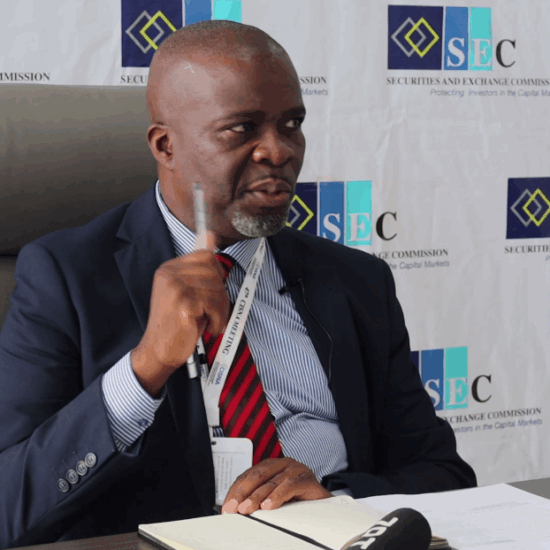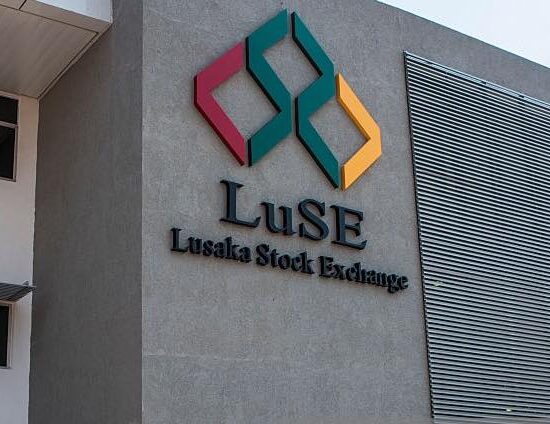
Even as the Bank of Zambia – BOZ continues to hold quarterly (every three months) Monetary Policy Committee – MPC meetings and announcing a that Zambia has held its benchmark lending rate – Monetary Policy Rate – MPR at a single digit rate of 9%, the reality on the ground is that the majority of Zambian citizens are subjected to effective lending rates of between 60 to 75% per annum.
This is so because the majority of Zambian citizens and local companies are in the informal sector, and the main source of funding for both household and businesses plying their trade in the informal sector is through micro-finance institutions and independent money lenders. A random survey of the leading registered micro finance institution has revealed that the lending rates obtaining stand at between 5% to 20% per month, which builds up to an average annual lending rate of above 60% per annum.
It is from this reality on the ground that BOZ top management team has been challenged to come down their high horses and initiate reforms that will lead to the majority of Zambians who need or are raising capital from the micro-lenders access affordable and business friendly lending rates. If commercial banks lending rates are averaging about 25% per annum, with a huge spread of 16% from the MPR rate of 9%, micro lenders who access funds from commercial banks (wholesale banks) can not be realistically be expected to drop their current rates, it has to start at commercial bank level.
And a check with the Association of Microfinance Institutions of Zambia – AMIZ has confirmed that the micro finance lending rates are still very high which has been attributed to the high demand for credit coupled with low finance supply in the Zambian economy. The reality is that majority Zambians can only access credit at rates which make it impossible to solve the very problem they are obtaining credit for.
Speaking in an exclusive interview with the Zambian Business Times – ZBT, AMIZ President Webby Mate noted that during one of the years between 2019 and 2020 the credit market monitoring report showed that of the 100% demand for loans on the market, micro-Finance institutions were only meeting 20%, meaning that, if there are 10 people applying for a loan only 2 were able to access the loan.
The call for reforms to be initiated by BOZ follows concerns by members of the public that despite the Central bank holding the benchmark lending rates at 9% for the 4th time this year, the situation on the ground, especially for the majority of citizens and local companies remains extremely challenging. Despite some notable improvement for commercial banks lending rates from about 28% to 25%, micro lenders need an even bigger drop in rates at commercial bank level for it to trickle down to micro lenders.
And commenting on these concerns, AMIZ President Mate said when it comes to retail level, each micro-financial institution has its own cost structure, credit exposure and other factors that they include in their consideration of lending interest rates that are finally offered to up-takers.
He said some of factors are structural issues which may include the cost of lending, as some micro lenders cost of operation are still very high and they need for example to leverage technology so that those costs can be brought down.
He noted that the rate at which that is happening is not to the expectation of the public as they expect that rates low, adding that unfortunately that is not what is obtaining on the ground. “So this is the sellers’ market where sellers want to maximise their game because the demand is high, so those are some of the factors that are keeping interests rates high.” he said.
He said Micro finance rates are varying from institution to institution but generally most of them would be in the range between 60 and 75% per Annam. He further explained that these are those that are regulated by the Bank of Zambia and there are those called money lenders who are outside the regulation of the bank of Zambia, these even the charge higher rates that are over 100% per annum.
Mate said there is need for financial institutions to improve their efficiency as those who are adopting technological solution are beginning to lower their rates, adding that just adopting mobile solution costs come down by about 20 to 25%.
“We also need an increase of sources of capital from financial institutions especially micro finance institutions as most of them depend on other foreign financial services providers and banks, and when the exchange rate is like the way it is now, it means their service cost on those financial facilities can be quite high.”
“The rates looks stable now but for someone who is servicing a foreign exchange denominated facility and making their money in Kwacha, then they have to covert it in dollar or euro in order to service the facility and that can also be a significant [when the Kwacha has depreciated] call.”
Mate said the supply demand issue requires government intervention as government need to study the industry and see how best they can help. “For example the micro finance institution that is accessing the targeted medium term financing facility from the Bank of Zambia, they will borrow that facility at 9.5% plus may be 1.2% which mean they will get that money at about 11%, then they will be able to lend it at a reduced rate than their existing normal rate.”
“But of course the sentiments in the public domain is that micro finance rates are too high for the ordinary Zambians, I think that is well noted and even us, we encourage our members to begin to see how they can lower these rates to have more customers.”
He said Government should study and understand the business model and see how best they can encourage the financial institutions to make changes and lower the cost of borrowing in the economy. “Unless you understand the business model, you can continue saying lower your interest rate because some lowering the interest rate it mean collapsing because government will not cover their cost.” He said.
Lending rates in Zambia continue to be prohibitive with no sound solutions or reforms being implemented. Blame has historically fallen on the fiscal side, but even with some measures that have been put in place for now over one year, lending rates for the majority Zambians seem to remain immune. The efficacy of continued use of the MPR is now debatable if the rate continues to mean nothing for the majority of citizens. One indicator that the lending rates in Zambia are prohibitive and dysfunctional is that products such as mortgage and other long term lending products uptake or availability remains low.
High interest rates are a damper to entrepreneurship and Innovation. With the current situation were the majority Zambians are in the informal sector that are excluded from the banking system, one wonders how the country stands a chance of developing its people with lending rates of 100% per annum still prevalent and the only available source of funding.







